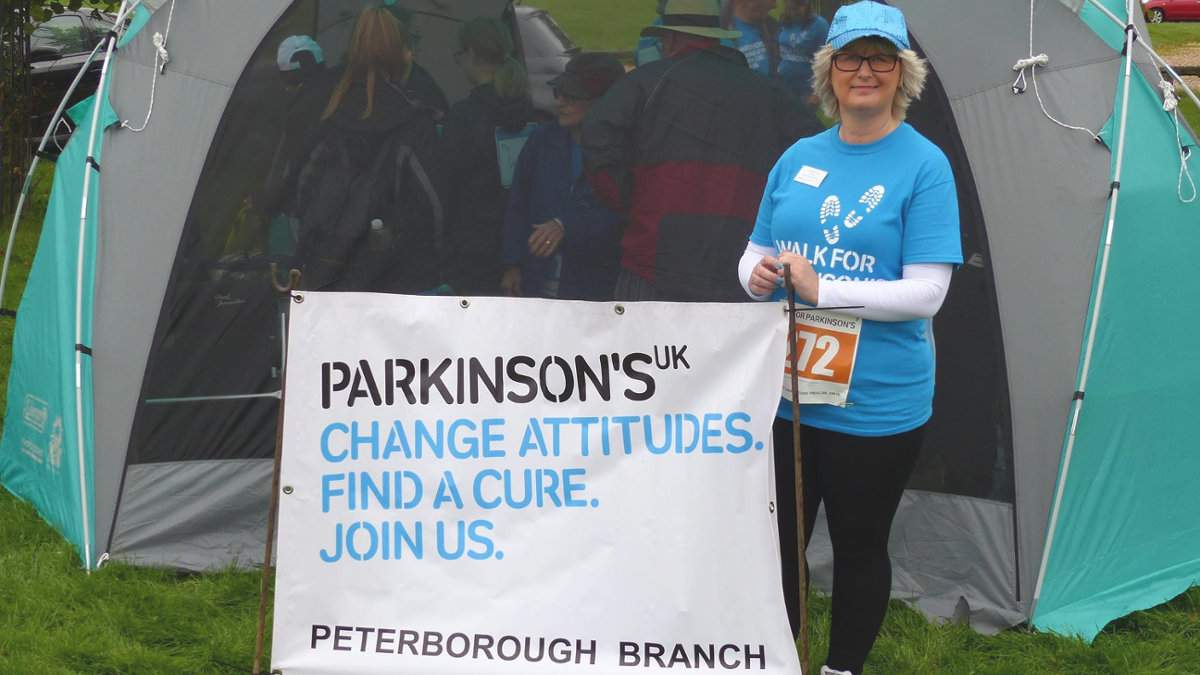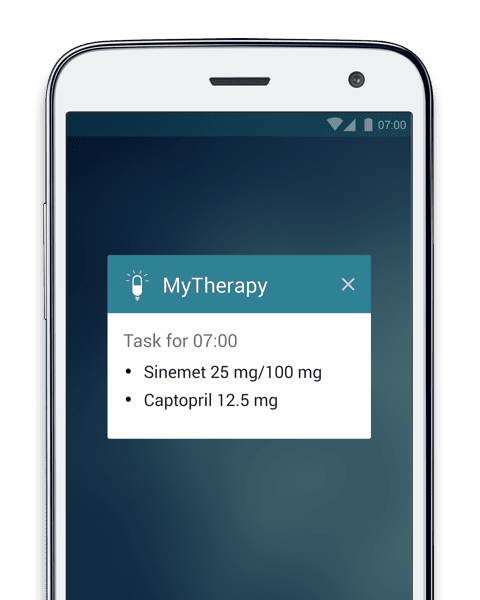On April 11, 1755, a quite extraordinary man named James Parkinson was born in Shoreditch, London. Along with his active involvement in humanitarian work, political matters, palaeontology, and geology, Dr. Parkinson was the first person to identify the specific symptoms of what he called the “shaking palsy.” 201 years after he did so, we now know the disease affects the part of the brain called the substantia nigra, reducing the availability of dopamine – a chemical that transmits signals between nerve cells (neurons) – and thus causing symptoms such as tremors and speech difficulties. We also now, of course, know it as Parkinson’s disease. The date of Dr. Parkinson’s birth, April 11, is now the date for World Parkinson’s Day – an initiative to draw attention to the condition and raise awareness about how it impacts the lives of those with it.
To help support this year’s World Parkinson’s Day, Ruth Brinkler-Long – diagnosed with Parkinson’s in 2014 – shared some of her experiences and emotions with us, and how her involvement with a local support group has played a key role in her life over the past few years.
Diagnosed with Parkinson’s: Shocked and Scared
In November 2013, Ruth lead a fit and healthy lifestyle and had no medical problems to her name. Six months later, she was diagnosed with Parkinson’s disease, having seen her doctor for what she thought was simply a trapped nerve.
“It was very scary not really understanding what the future held for me,” recalls Ruth, who worked full time in retail before her diagnosis. The emotional response to being diagnosed with a chronic condition is different for everyone. Ruth’s reaction was one of concern… for others.
“It was a big shock for family and friends. Everybody was saying ‘sorry’. My initial reaction was to support everyone else through the shock. My own feelings went to one side.”
As a result of her diagnosis, Ruth reduced her work hours before taking early retirement in 2016, leaving the company for whom she had worked for 34 years. If that left a void, it was one filled by increased participation with her local Parkinson’s UK branch.
Parkinson’s Support Group: The First Step
According to the Michael J. Fox Foundation, people may have a number of reasons to feel apprehensive about joining support groups. Many have a predetermined idea of how such groups look, and it usually involves a rather glum room, full of people sitting and talking about the struggles of life with Parkinson’s.
In reality, these groups often offer a vibrant, social environment that welcomes both those living with Parkinson’s and their loved ones.
“It was the local group that approached me after diagnosis, but it was several months before I took the step and went to a meeting,” says Ruth, whose primary concern was being met by individuals in the later stages of Parkinson’s and seeing in them her destiny.
“Pretty much everyone I have spoken to after being diagnosed has shared the fear that by joining a support group they would be looking at people and seeing their own future. If those people can be supported into taking that first step, they would be welcomed and would see that there is friendship and so much support. They would never look back, just as I haven’t.”
Such was Ruth’s enthusiasm for her support group, the Peterborough branch of Parkinson’s UK, she was voted Chairman last year. Her husband, David, is the treasurer.
Since then, she has dedicated an ever-increasing amount of her life into the group. As well as coming up with new ways to support those living with Parkinson’s and their loved ones, Ruth also pushes the fundraising activities of the charity.
Other posts you may be interested in on the MyTherapy blog:
- 4 Facts About Parkinson’s Disease That Will Surprise You
- Tech For Parkinson’s: From Apps To Steady Spoons And Walking Sticks
How Parkinson’s Support Groups Help
“Fun. Friendship. Fundraising.” They are the three F’s that encapsulate the aims of Parkinson’s UK, and how they set about achieving them.
“It’s all about raising awareness. Reaching out to all of those in the local area who have Parkinson’s, as well as their friends, families, and carers – so they know who we are and what we do
“They need to know they are not alone”
Being diagnosed with a chronic disease such as Parkinson’s can be a lonely experience, even with supportive friends and family. Support groups are a place to connect with those who can truly understand the difficulties one-another face.
They are also the perfect environment for sharing knowledge, wisdom, and insight with each-other, which can prove particularly valuable for newly-diagnosed people. Ruth, for example, has discovered the value of exercise and how it helps combat the symptoms of Parkinson’s.
“Regular exercise is one of the most important things for people who have Parkinson’s. Exercise can be adapted for all abilities and it has been proven that it helps slow down the progression of symptoms.
“I have seen several people who have taken regular exercise classes and found their balance, mobility, and general fitness improve. It is also about the feel-good factor after class, which also plays a key part in dealing with everyday symptoms.”
On top of offering support to those living with Parkinson’s, everyone involved in support groups shares a common goal: finding a cure. The fundraising activities not only provide another avenue for bonding, they are also vital in ensuring research into Parkinson’s continues.
“What we are all really focused on is finding a cure. We find new opportunities and ways to fundraise, so we can send as much money as we can to fund research.
“There may not be a cure for Parkinson’s in my lifetime, but I am confident there will be success in finding a way to slow down the progression of symptoms.”
Social Media: #UniteForParkinsons
Ruth is one of the many wonderful people helping unite those with Parkinson’s, as well as their friends and family. World Parkinson’s Day is an opportunity to take this a step further, and draw global attention to the condition, raising awareness of the disease and the reality of life with it.
The hashtag #UniteForParkinsons was created last year and shared across social media channels in 80 countries. It is a simple and effective way of spreading information about the condition. It is also a great way for those living with Parkinson’s, loved ones, carers, or anyone affected by the condition, to share their personal story. The European Parkinson’s Disease Association (EPDA) are encouraging anyone touched by the disease to make a short video and share it using the hashtag, shedding light and exposure on real people.
Another popular form of raising awareness – and, of course, funds – is by participating in a marathon (or, in the case of Bret Parker, seven marathons… in seven days… in seven continents). If a marathon is pushing it, walk-a-thons are also popular and social events.
A rather eye-catching event that was new on the calendar in 2017 will happen again at the end of April this year: Dance for Parkinson’s Day, which promotes dance as a form of therapy for those living with the condition.
These are just a handful of examples of how individuals and groups around the world are coming up with imaginative, inclusive, and enjoyable way of supporting people with Parkinson’s, while funding the research that is vitally important.
It may have been 201 years since Dr. Parkinson published his essay on the symptoms of the “shaking palsy,” but with the continued devotion of people like Ruth, it hopefully won’t be many more until a cure for it is found.
Take a look at some of the other posts on the MyTherapy blog:



